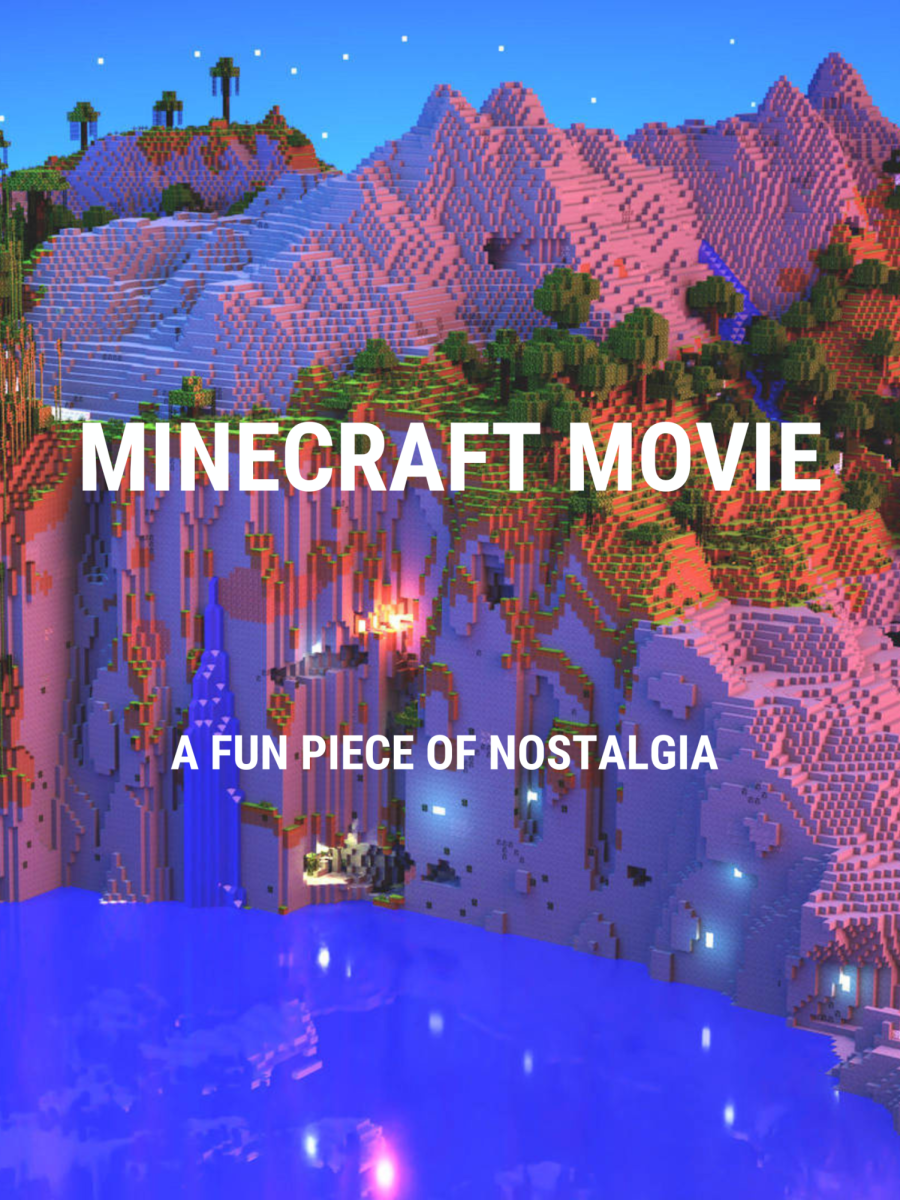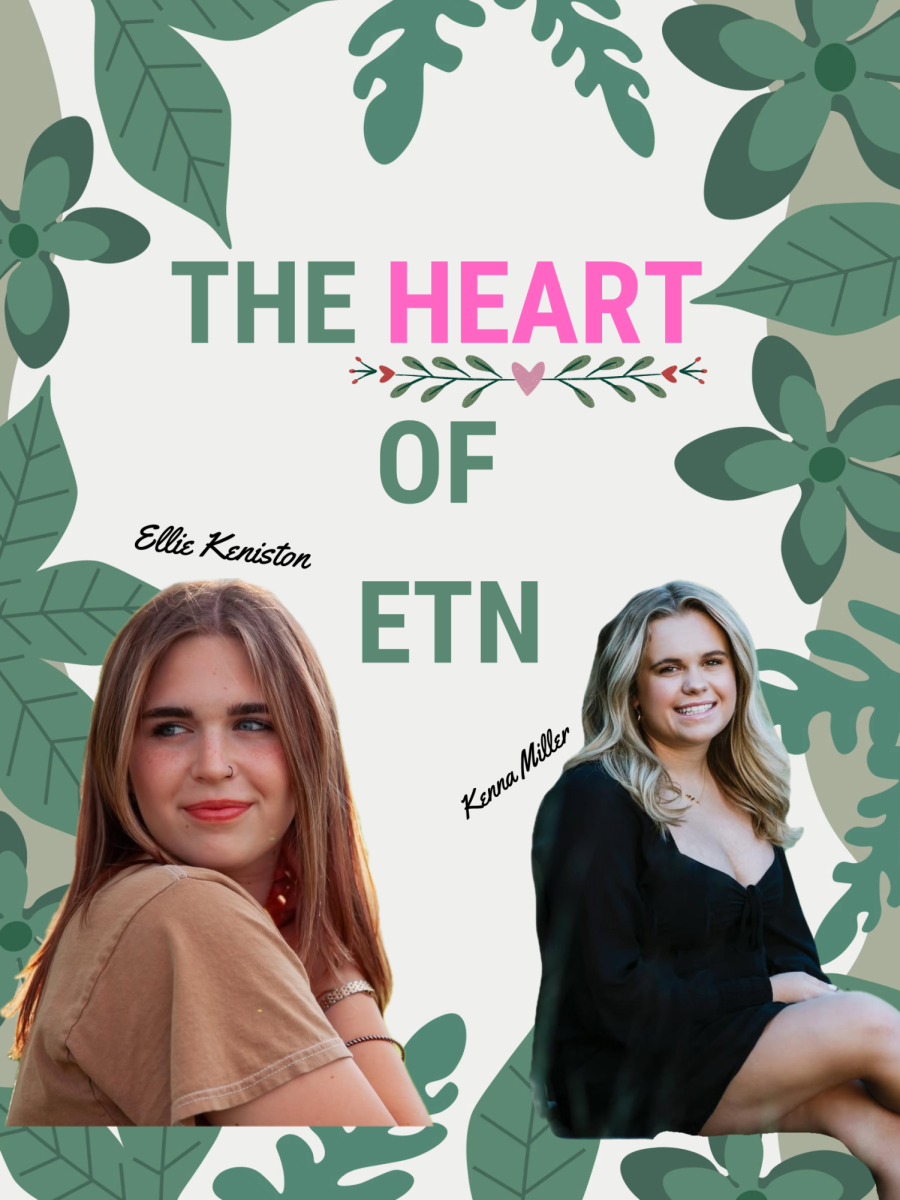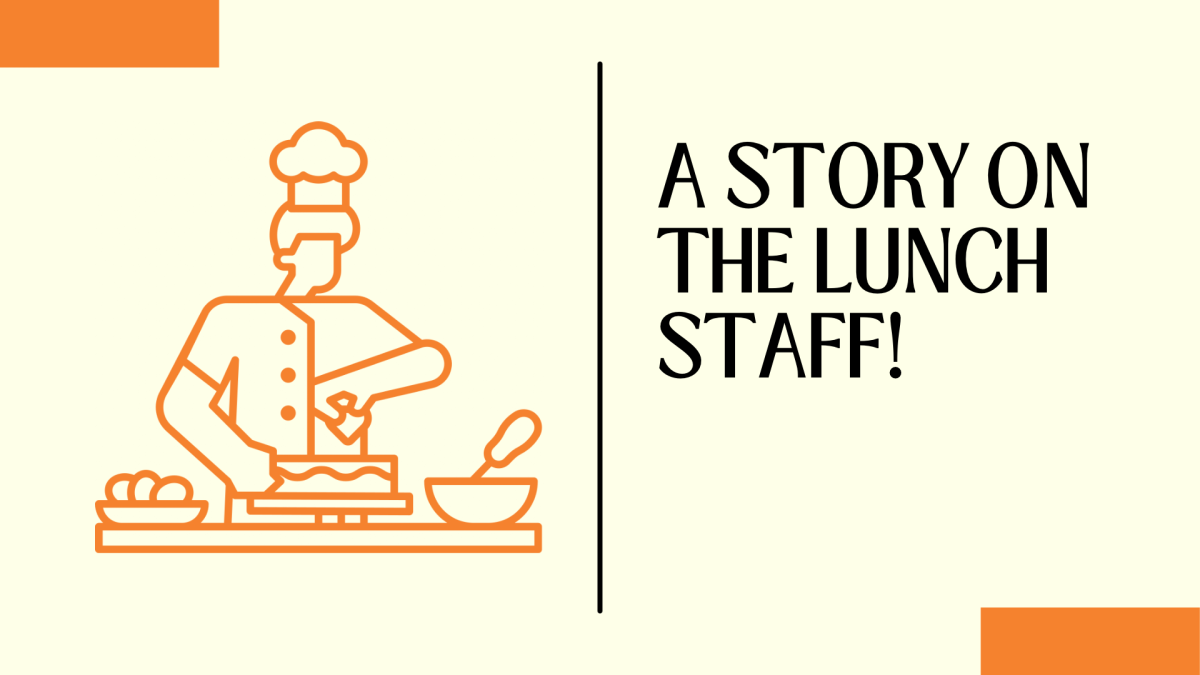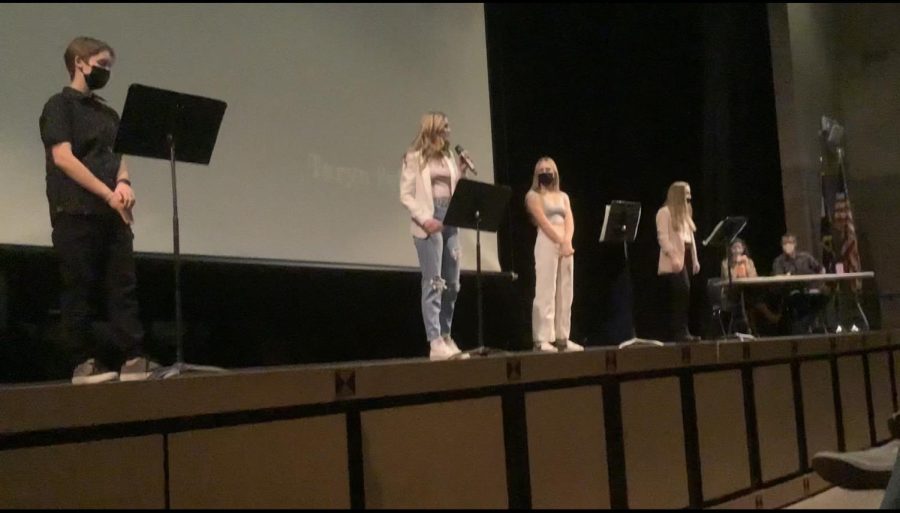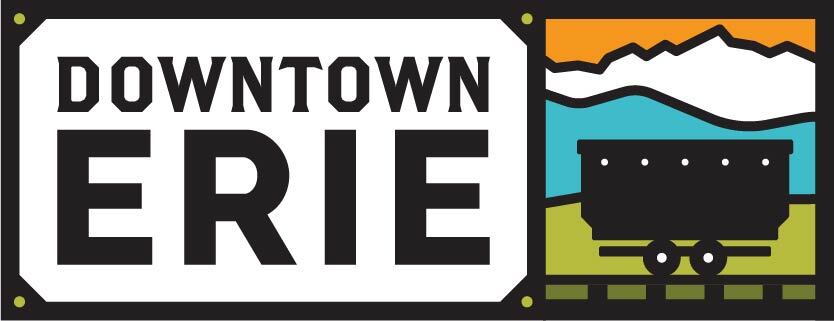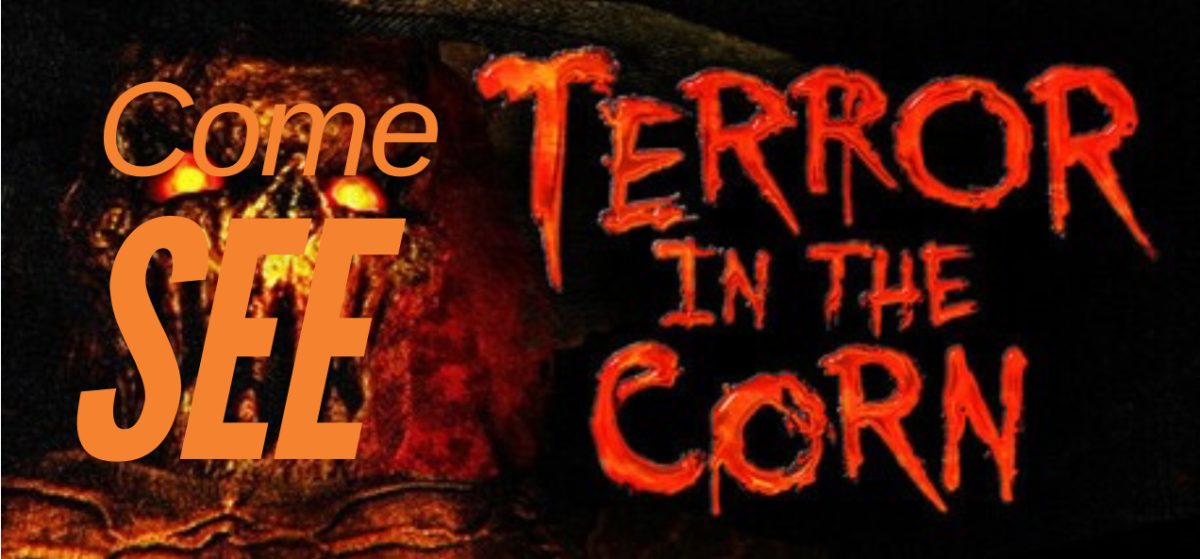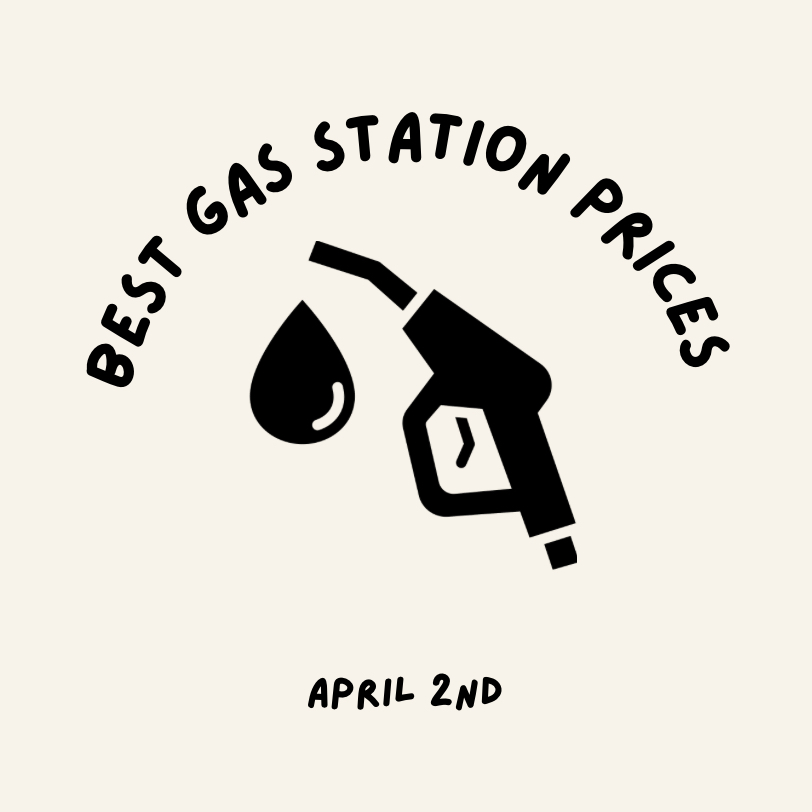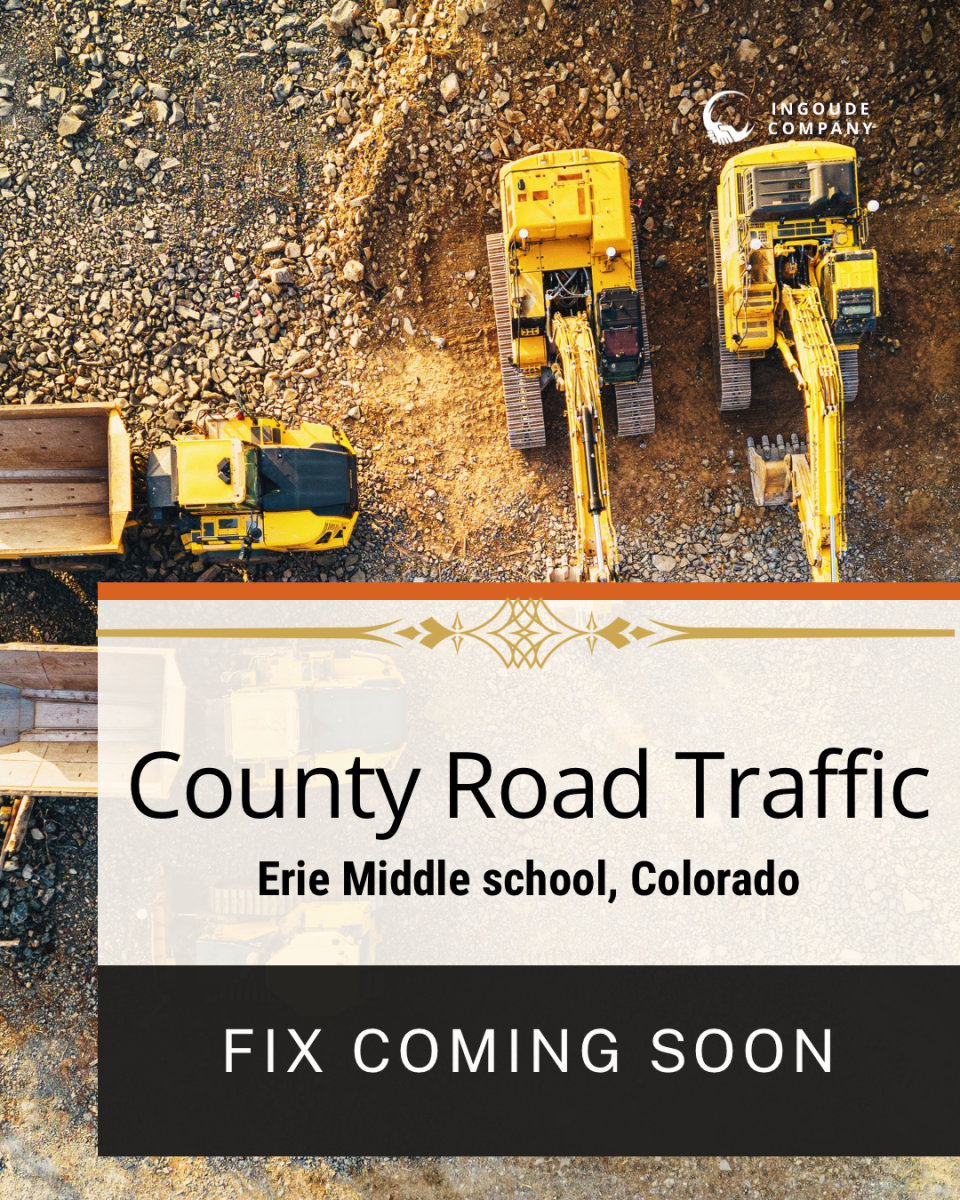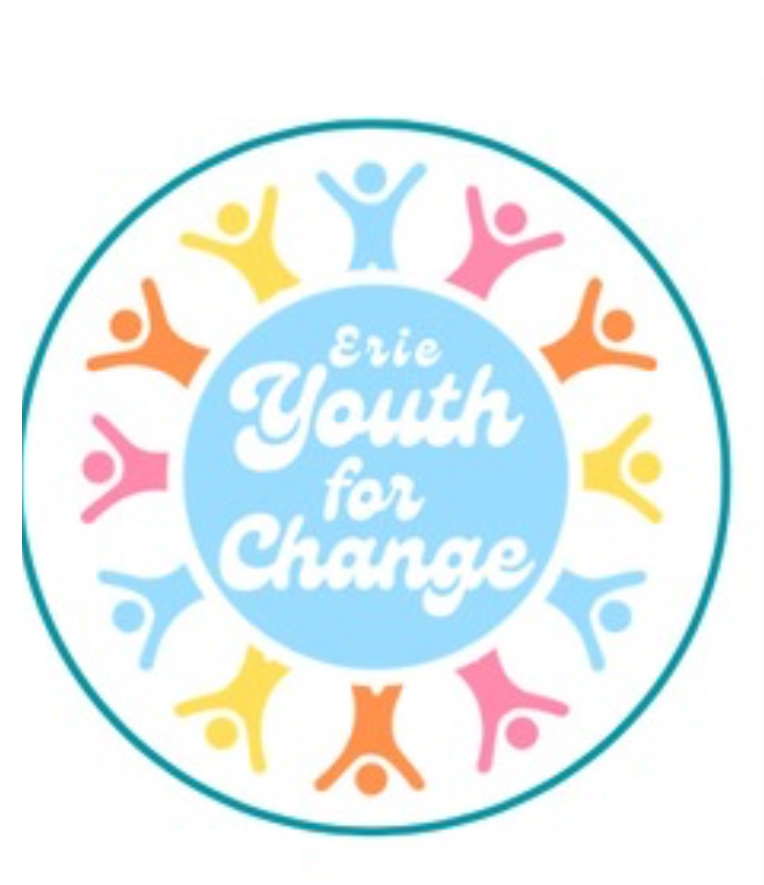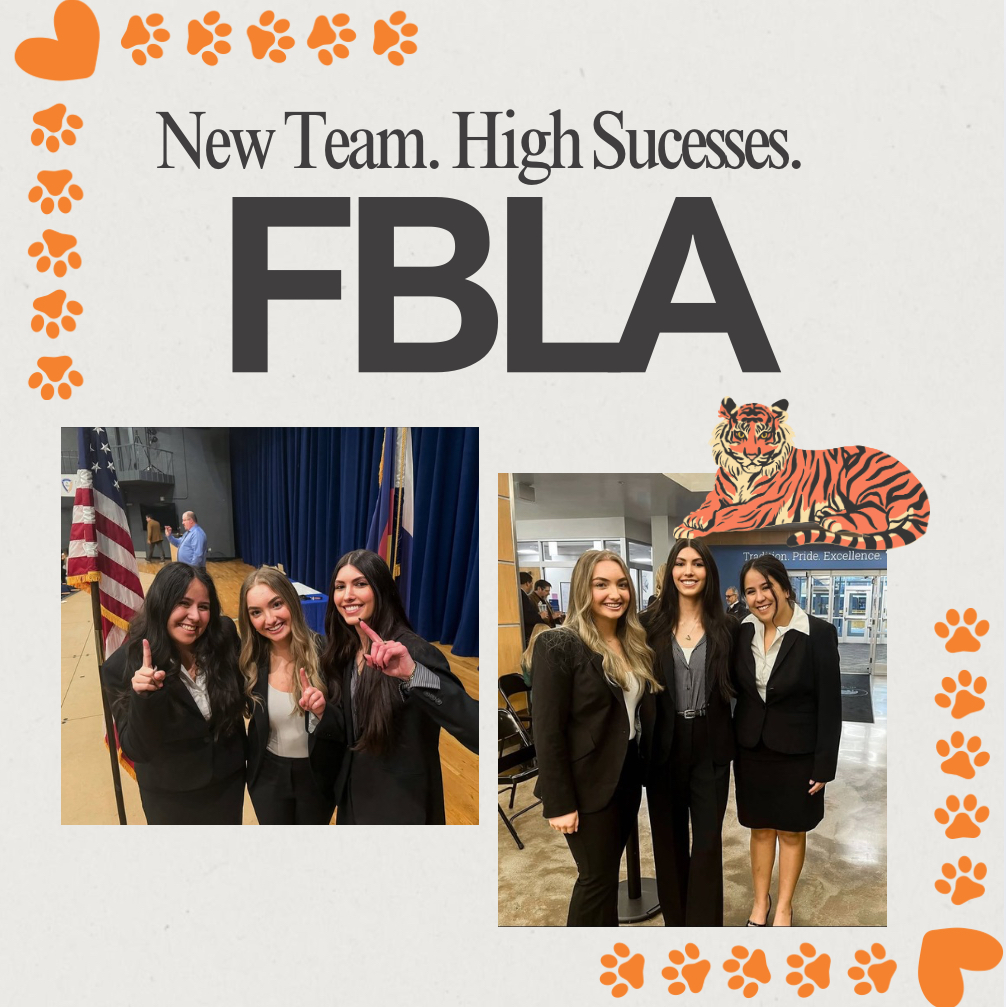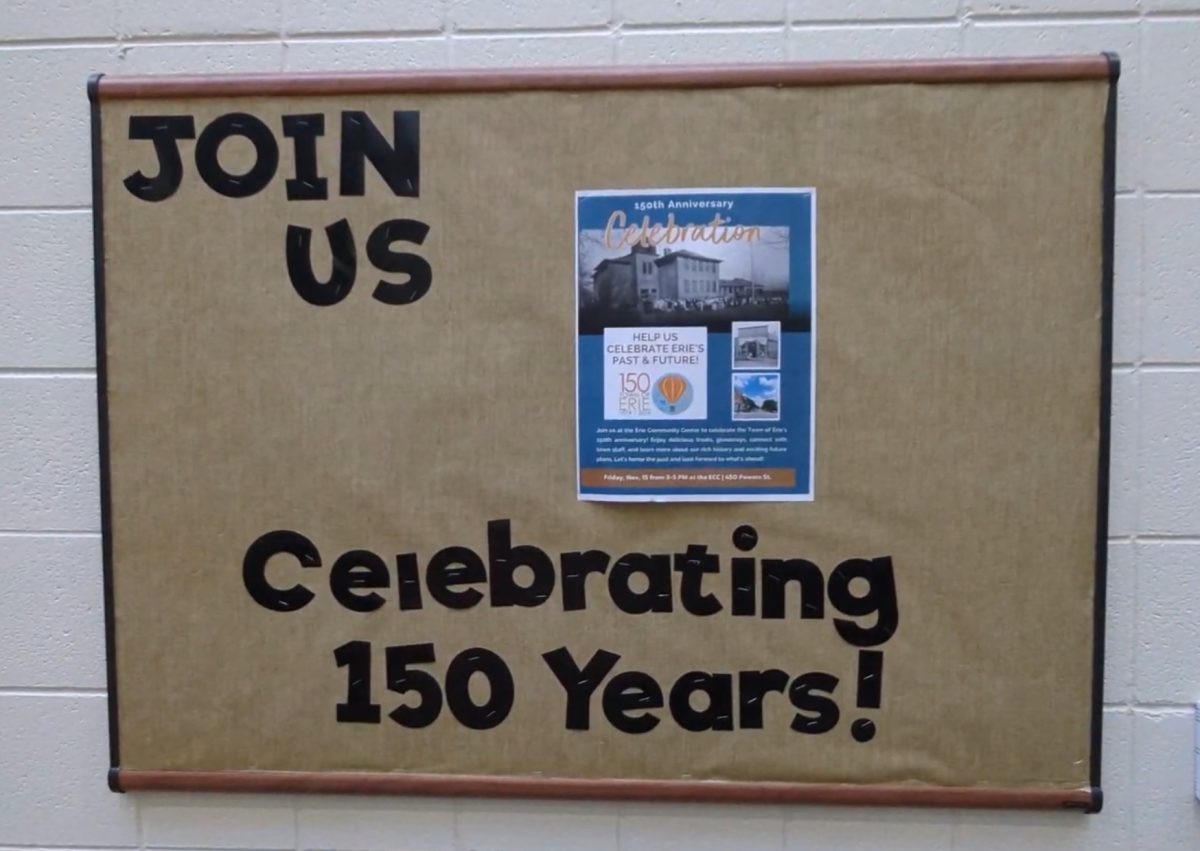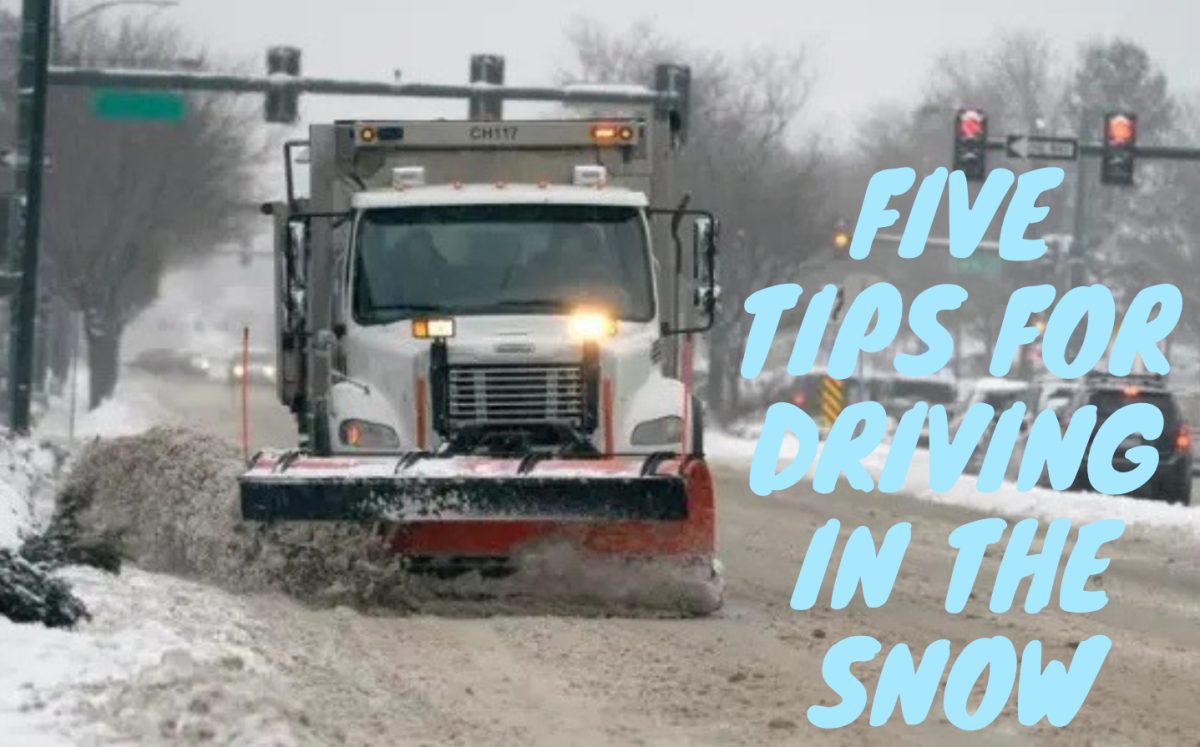Ask anyone in Erie, and they will tell you how much the town has changed over the past decade. The modern urban landscape is constantly in a state of flux, with things rapidly shifting, and Erie is certainly no different. We’re at that crossroads, trying to balance our small-town feeling with a large influx of new residents.
Erie has seen rapid growth over the past few years, outpacing expectations. The town population has risen 4.58% yearly, and an increase of 21.27% from the last census in 2020, which enumerated a population of 30,417 residents. The number of residents keeps growing. To offset the swelling population, the town created the Briggs Street Revitalization Project to hold more pedestrians and set a stage for a more urbanized and centralized downtown. As plans begin to develop for improving downtown infrastructure and access, one question remains: will this transformation be a necessary step towards a vibrant future, a bittersweet farewell to the identity that has defined Erie, or both?
While some residents understandably despise Erie’s rapid transformation and feel either upset or confused by its shifting identity, the fact remains: Erie’s population is on the rise, and it isn’t going to stop. Our town needs to grow with it, and that includes new, thoughtful designs and new construction. First of all, I believe Erie is making the right decision in doing this project because a lot of people have moved, and will continue to move here, and nothing is going to change that. We should do everything in our power to keep up with the new influx of Erie residents rather than wait until it’s too late, and suddenly these projects need to happen now.
As the town continues to grow, so do its needs. Second, Erie at its creation was intended to be a small, coal mining town, and while the last mine closed in 1978, the town remained a tight knit, little community until recently. Now with the explosion in housing developments, which seem to be sprouting up overnight, Erie’s humble small-town infrastructure has quickly become overwhelmed. Some accommodations must be made, and Briggs Street is a great place to start since it has the most amount of foot traffic and the greatest potential to be a unique and authentic downtown hub.
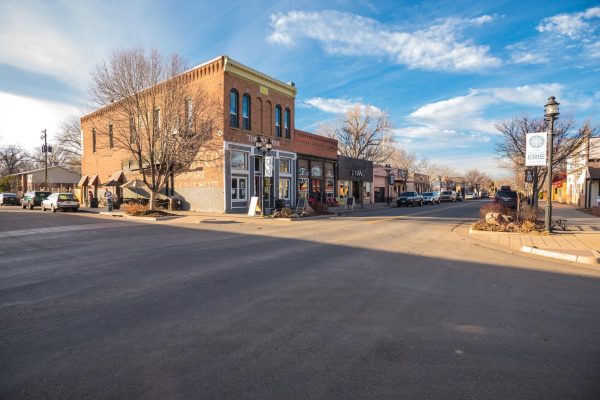
This is absolutely necessary for pedestrian safety, to improve traffic, and take the time to update utility systems before we build up and add more stress on aging infrastructure meant for a smaller population.
Last but not least, working on building up downtown might just be Erie’s best shot at retaining its old-small-town roots and independence from Denver while accommodating an exploding population. Erie has its own unique history and traditions. We were the most important coal town in the state, home of the first mining labor union—Knights of Labor—in Colorado. We have always been our own people and never just a suburb of Denver. That uniqueness is being questioned lately with the huge urban sprawl that has been happening, making it feel like we are becoming an extension of Metro. Growth and change will happen, but that doesn’t mean Erie has to give up its own identity in adjusting. What it does mean is that we really have to be very much intentional with how we plan our future. Yes, the construction is frustrating, it’s an inconvenience to all, and maybe it’s not being done perfectly, but the desire to modernize and prepare for the future is noble, and for the benefit of all in Erie. This is a necessary evil to ensure that Erie is prepared to meet the challenges of the future. Rather than focusing on Erie’s growing pains, maybe we ask ourselves what is Erie’s identity now?
Who are we, and who do we want to become? Erie may be growing, but it doesn’t have to lose its small-town charm. What makes Erie a great place to live is its culture and location; it is its own little town, and yet it’s close to all Colorado has to offer.
Keeping up our historic downtown is a well-thought-out decision that will keep Erie defining its own identity. The Briggs Street revitalization project is working to bring Erie into the modern age in a way that honors our history.





